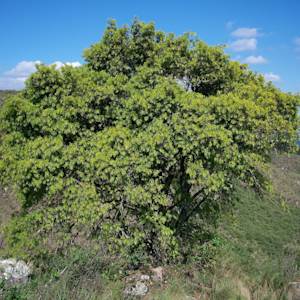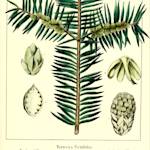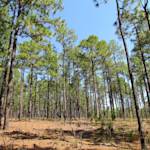Fraser's Fir, Abies fraseri
1970s • Appalachian Mountains
Abies fraseri is widely grown for use as a Christmas tree, but it is endangered in its native habitat: the steep slopes of the southern Appalachian Mountains, where tree grows on wet, shallow soils, and plays an important role in preventing soil erosion. Ninety percent of the existing tree died with the accidental introduction of the balsam woolly adelgid, first discovered in the southern Appalachians in 1957. New trees continue to sprout where the mature forests once stood and there is some evidence of the trees becoming resistant to the pest.
Center for Plant Conservation. “Fraser Fir Plant Profile.” Center for Plant Conservation, 1 Sept. 2020, saveplants.org/plant-profile/?CPCNum=3. Daniel M. Johnson, William K. Smith, Refugial forests of the southern Appalachians: photosynthesis and survival in current-year Abies fraseri seedlings, Tree Physiology, Volume 25, Issue 11, November 2005, Pages 1379–1387
image: Abies fraseri forest, Mount Mitchell summit, — western North Carolina. wikimedia commons.


Learn about Maya Lin’s fifth and final memorial: a multi-platform science based artwork that presents an ecological history of our world - past, present, and future.
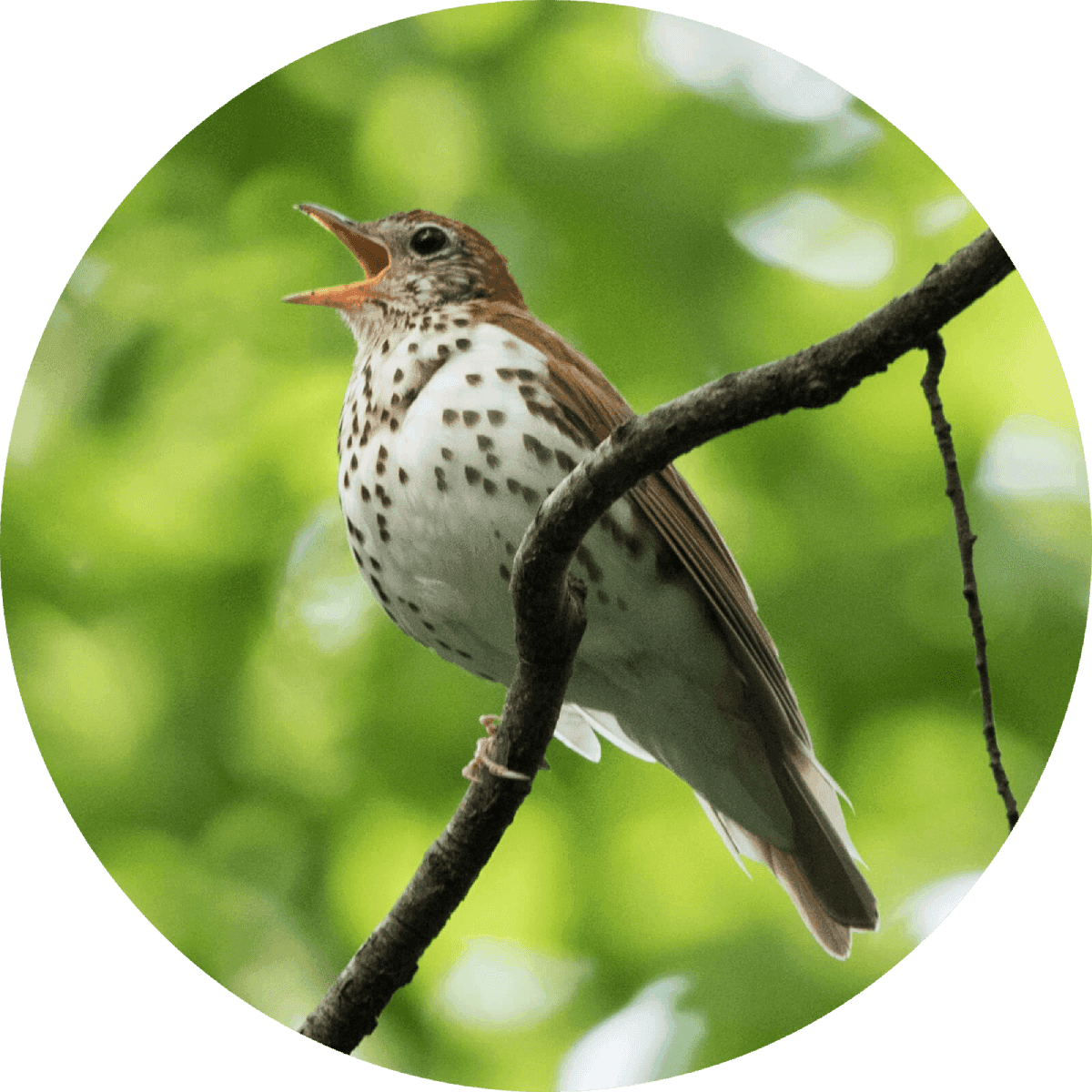
Discover ecological histories and stories of former abundance, loss, and recovery on the map of memory.
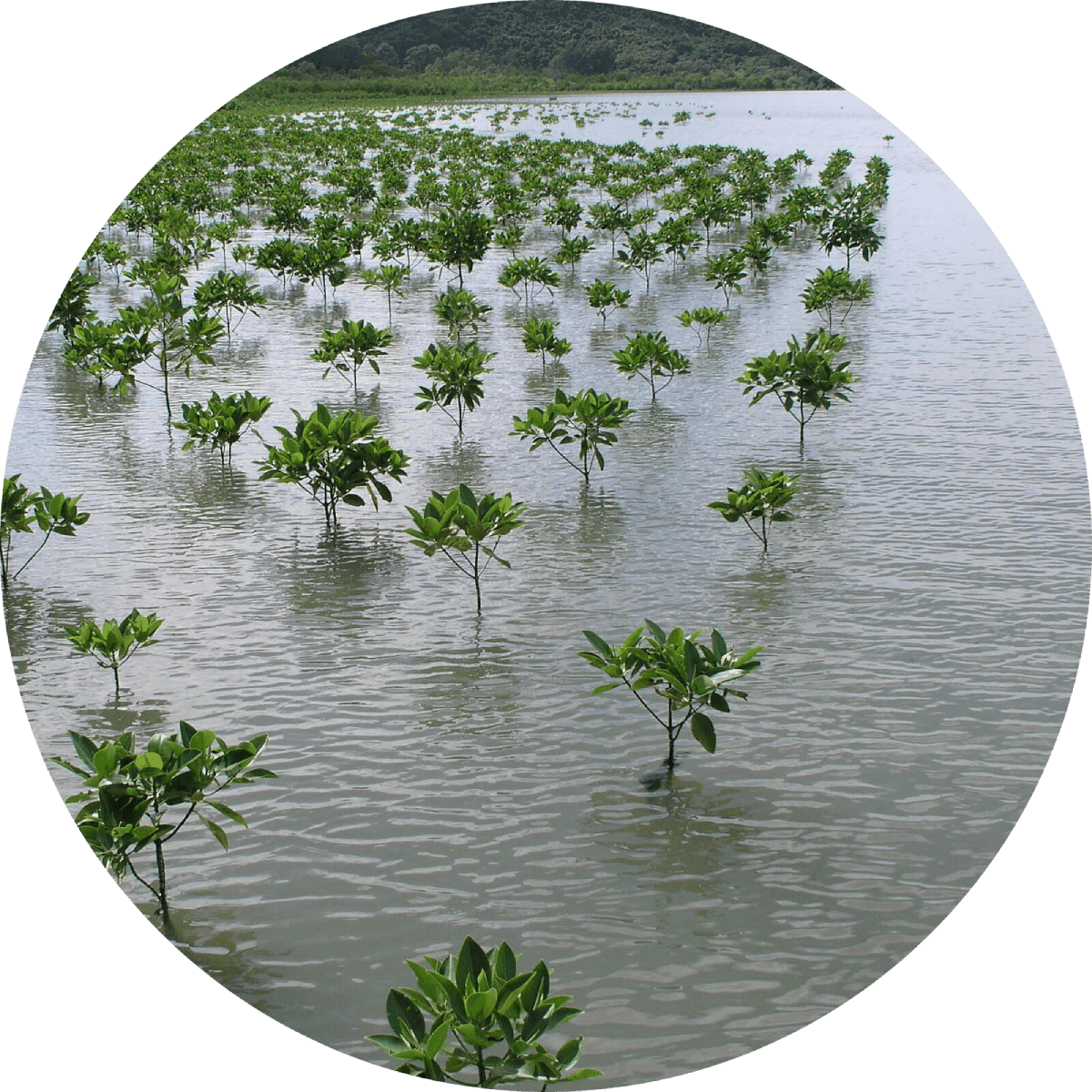
Learn how we can reduce our emissions and protect and restore species and habitats – around the world.

See how art can help us rethink the problems we face, and give us hope that each one of us can make a difference.
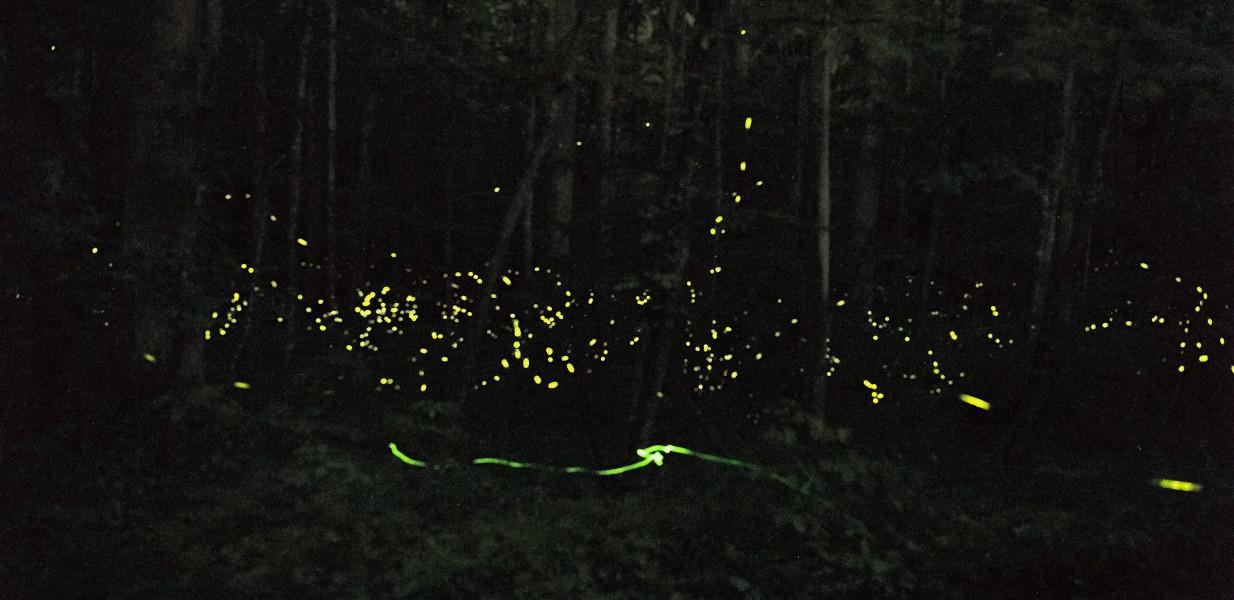
Help make a global memorial something personal and close to home. Share your stories of the natural world.
